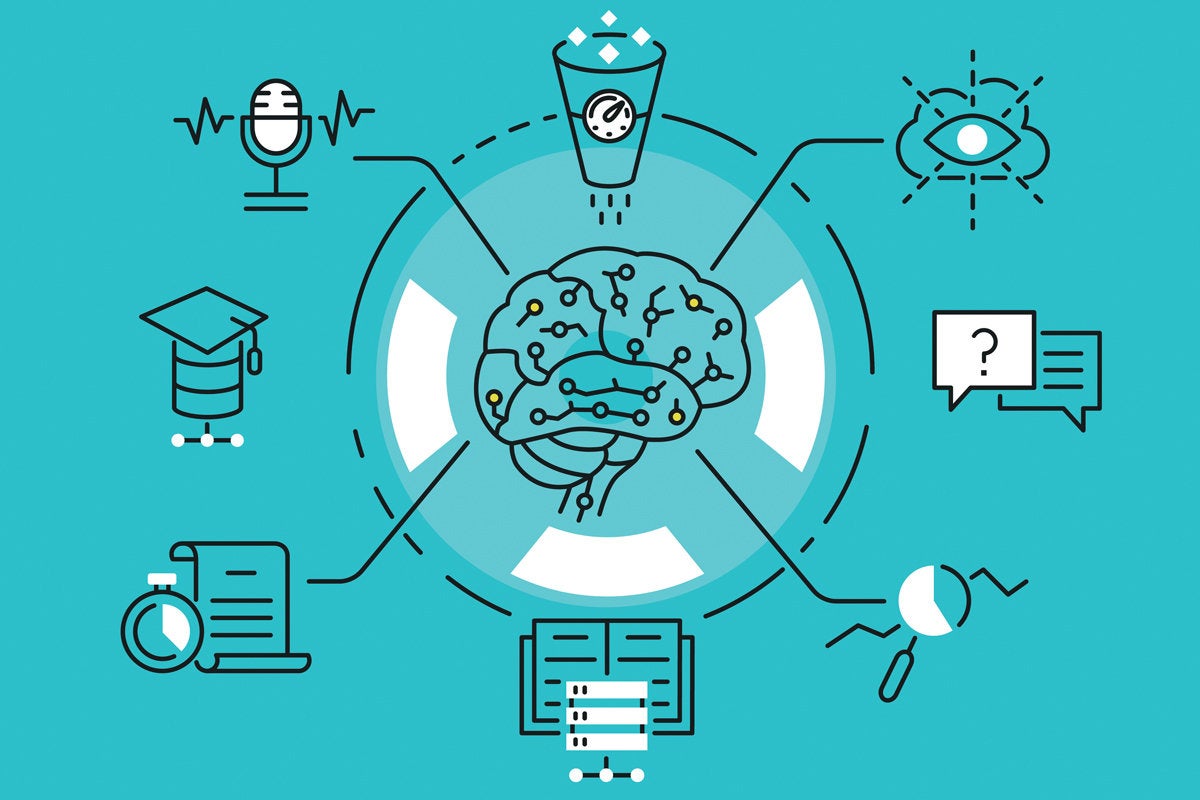
Introduction:
In the realm of machine learning, Datasets the axiom “garbage in, garbage out” holds true, emphasizing the critical role of data quality in model performance. One often overlooked challenge that can significantly affect the efficacy of machine learning models is the presence of imbalanced datasets. An imbalanced dataset occurs when the distribution of classes within the dataset is skewed, with one or more classes being underrepresented compared to others. This comprehensive exploration aims to unravel the intricate impact of imbalanced datasets on machine learning models, delving into the challenges they pose and the strategies available to mitigate these issues.
The Anatomy of Imbalanced Datasets
Imbalanced datasets manifest when the distribution of classes is not uniform, leading to a disproportionate representation of certain classes. In a binary classification scenario, imbalance occurs when one class vastly outnumbers the other. In multiclass problems, it extends to situations where certain classes are severely underrepresented compared to the majority. The prevalence of imbalanced datasets spans various domains, including fraud detection, medical diagnosis, and rare event prediction.
Examples of Imbalanced Scenarios:
- Fraud Detection:
- The vast majority of credit card transactions are legitimate, leading to a highly imbalanced dataset where fraudulent transactions are rare.
- Medical Diagnosis:
- In medical datasets, rare diseases may have significantly fewer instances than more common conditions, resulting in imbalanced class distributions.
- Rare Event Prediction:
- Predicting rare events, such as equipment failures in industrial settings, can result in imbalanced datasets where normal occurrences vastly outnumber the rare events.
The Challenges Imbalanced Datasets Pose
- Bias in Model Training:
- Misleading Accuracy Metrics:
- Traditional accuracy metrics can be misleading in the context of imbalanced datasets. A model that predicts the majority class for every instance may achieve high accuracy, but it fails to address the primary challenge of correctly classifying minority instances.
- Reduced Generalization:
- Imbalanced datasets can compromise the generalization ability of machine learning models. A model trained on imbalanced data may struggle to generalize well to new, unseen data, particularly if the minority class is underrepresented in the training set.
- Vulnerability to Overfitting:
- Models trained on imbalanced datasets are susceptible to overfitting, where the model memorizes the majority class instances but fails to learn meaningful patterns that generalize to the minority class.
Strategies to Mitigate the Impact of Imbalanced Datasets

- Resampling Techniques:
- Resampling involves modifying the class distribution in the dataset. Two common techniques are oversampling the minority class and undersampling the majority class.
- Oversampling: Duplicates instances of the minority class to balance the distribution.
- Undersampling: Removes instances from the majority class to achieve a more balanced dataset.
- Resampling involves modifying the class distribution in the dataset. Two common techniques are oversampling the minority class and undersampling the majority class.
- Synthetic Data Generation:
- Synthetic data generation techniques, such as SMOTE (Synthetic Minority Over-sampling Technique), create synthetic instances of the minority class by interpolating between existing instances. This helps mitigate the class imbalance by introducing diversity in the minority class.
- Cost-sensitive Learning:
- Assigning different misclassification costs to different classes during model training can help address the impact of imbalanced datasets. By penalizing misclassifying minority class instances more heavily, the model is incentivized to prioritize correct classification of the minority class.
- Ensemble Methods:
- Ensemble methods, such as Random Forests and AdaBoost, can be effective in handling imbalanced datasets. These methods combine the predictions of multiple base models, which can help mitigate the bias toward the majority class present in individual models.
- Anomaly Detection Techniques:
- Anomaly detection methods, traditionally used for identifying rare events, can be adapted to imbalanced datasets. These techniques focus on detecting instances that deviate from the norm, making them suitable for scenarios where the minority class represents rare occurrences.
- Algorithmic Approaches:
- Certain machine learning algorithms are inherently more robust to imbalanced datasets. For example, support vector machines with appropriate kernel functions and decision trees can exhibit resilience to class imbalance.
Case Studies: Real-World Applications of Mitigation Strategies
- Credit Card Fraud Detection:
- Medical Diagnosis:
- Medical datasets often exhibit imbalances, especially when dealing with rare diseases. Ensemble methods, combined with cost-sensitive learning, can assist in building models that are more adept at identifying instances of rare conditions, contributing to improved diagnostic accuracy.
- Manufacturing Quality Control:
- In manufacturing, the occurrence of defects in products may be rare. Anomaly detection techniques, coupled with ensemble methods, can aid in building models that accurately identify instances of defects, leading to enhanced quality control processes.
The Evolving Landscape: Addressing Imbalance in Contemporary Machine Learning

As the field of machine learning continues to advance, researchers and practitioners are exploring novel approaches to address the challenges posed by imbalanced datasets. Some notable trends and developments include:
- Deep Learning Architectures:
- Deep learning models, with their ability to automatically learn intricate patterns, have shown promise in handling imbalanced datasets. Techniques such as focal loss, designed to address class imbalance, have been integrated into deep learning frameworks to enhance model performance.
- Transfer Learning:
- Explainable AI for Imbalanced Data:
- With the growing emphasis on interpretability and fairness in machine learning, researchers are exploring methods to make models trained on imbalanced datasets more interpretable. Explainable AI techniques contribute to building trust in models and understanding their decision-making processes.
- Ongoing Research on Bias and Fairness:
- The machine learning community is actively engaged in research on mitigating biases and ensuring fairness in models trained on imbalanced data. Efforts are being made to develop metrics that capture fairness considerations and guide the development of unbiased models.
Future Directions and Challenges
While strides have been made in understanding and mitigating the impact of imbalanced datasets, challenges persist, and the field continues to evolve. Addressing class imbalance in the context of dynamic and evolving datasets, such as those in online learning scenarios, remains an ongoing challenge. Furthermore, ensuring the ethical use of mitigation strategies and preventing unintended consequences, such as introducing biases during resampling or synthetic data generation, requires careful consideration.
Looking ahead, the integration of imbalanced dataset handling techniques into automated machine learning (AutoML) frameworks holds promise for democratizing the application of these strategies. Additionally, the development of benchmarks and standardized evaluation metrics specific to imbalanced datasets will contribute to a more rigorous and consistent assessment of model performance.
Conclusion
In the intricate tapestry of machine learning, the impact of imbalanced datasets cannot be overstated. Recognizing the challenges they pose and implementing effective mitigation strategies is essential for building models that are not only accurate but also equitable and fair. As the field continues to advance, the collective effort to address the nuances of class imbalance will pave the way for a future where machine learning models excel in diverse and real-world scenarios, contributing to meaningful advancements across various domains.
